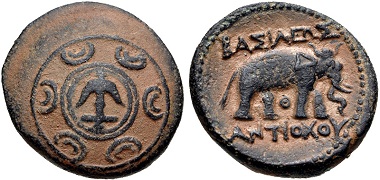Dionysos – A God of the Greek Religion of Experiences
Most of us react uncomprehendingly while reading the Greek myths. We can’t imagine that once rational human beings were able to believe in gods who behaved like characters invented for a soap opera on TV. Legends tell us about adultery, violation, theft, intrigue and fraud.














